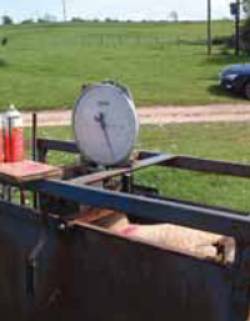
- Administer the treatment correctly
- Internal Parasites
- External Parasites
- Choose the right product
- Check for treatment efficacy
- Store and dispose of the product correctly

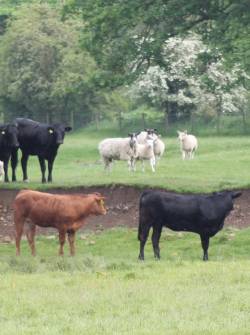
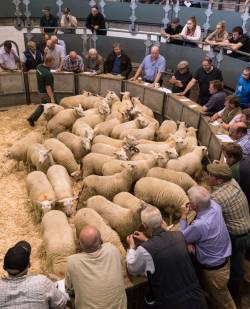
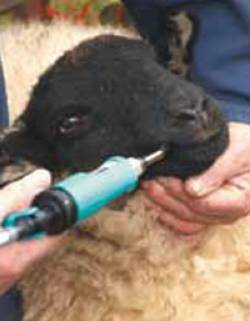
 SCOPS is an industry led group that works in the interest of the UK sheep industry. It recognises that, left unchecked, anthelmintic resistance is one of the biggest challenges to the future health and profitability of the sector.
SCOPS is an industry led group that works in the interest of the UK sheep industry. It recognises that, left unchecked, anthelmintic resistance is one of the biggest challenges to the future health and profitability of the sector.
The SCOPS group was formed to develop sustainable strategies for parasite control in sheep, facilitate and oversee the delivery of these recommendations to the industry and ensure that new research and development is incorporated to refine and improve advice given to the sheep industry.
SCOPS includes representatives from a wide range of industry organisations – logos and links are below. The equivalent organisation for cattle is the Control Of Worms Sustainably (COWS).
Farmers may still see Nematodirus eggs in Faecal Egg Counts (FECs), but in the majority of cases this does not indicate the need to treat.
Due to significant variations in weather conditions from year to year, predicting the exact timing of a Nematodirus outbreak can be challenging.
This is where the SCOPS Nematodirus forecast map proves useful: http://www.scops.org.uk/forecasts/nematodirus-forecast/
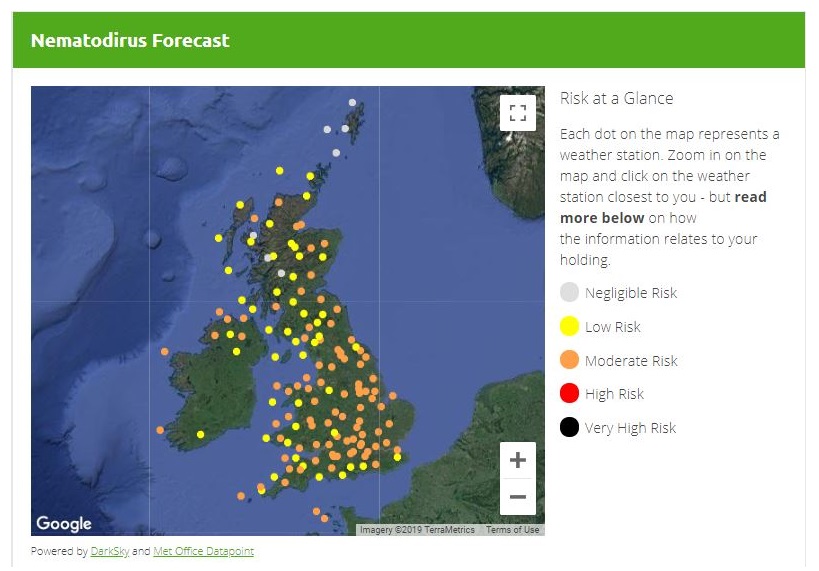
The interactive map, updated daily with data from 140 weather stations, provides a guide to the risk level in your area. To assess the risk for each group of your lambs, consider the field's history, aspect, and altitude. South-facing fields typically experience earlier hatching, and for every 100 meters increase in altitude, hatching is delayed by about seven days. For example, if your nearest weather station is at 200 meters above sea level and your farm is at 100 meters, hatching could occur around seven days earlier than the forecast on your farm.